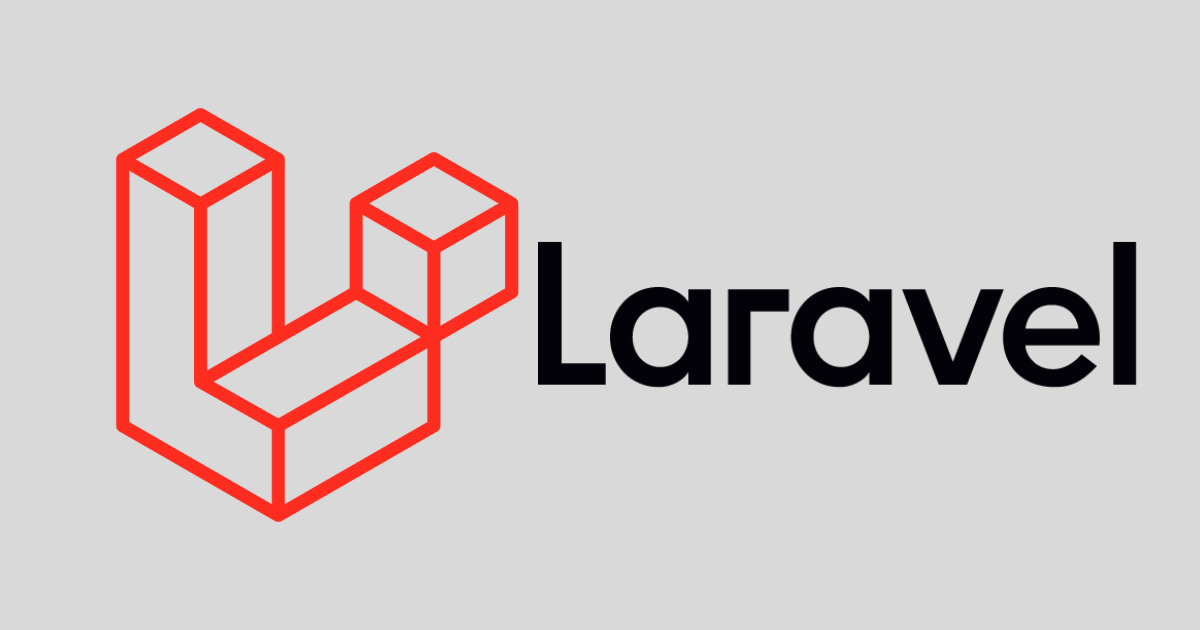こんにちは、PHP開発者の皆さん!この連載の第4回では、Laravel 10を使ってRESTful APIを設計し、実装する方法について詳しく解説します。RESTful APIは、Webサービスのデータ交換に広く使われており、シンプルで一貫性のある設計が特徴です。それでは、始めましょう!
1. RESTful APIとは
REST(Representational State Transfer)は、HTTPをベースにしたアーキテクチャスタイルです。RESTful APIは、リソースをエンドポイントとして提供し、HTTPメソッド(GET、POST、PUT、DELETEなど)を使用してリソースの操作を行います。
2. API用のルーティング設定
まずは、API用のルーティングを設定します。APIルートは、routes/api.php ファイルに定義します。
APIルートの定義
routes/api.php を開き、以下のコードを追加します。
use Illuminate\Support\Facades\Route;
use App\Http\Controllers\Api\PostController;
Route::middleware('api')->group(function () {
Route::resource('posts', PostController::class);
});これにより、/api/posts エンドポイントが作成され、リソースコントローラに対応するルートが自動的に生成されます。
3. コントローラの作成
次に、API用のコントローラを作成します。artisan コマンドを使用して生成しましょう。
./vendor/bin/sail artisan make:controller Api/PostController --apiこのコマンドにより、app/Http/Controllers/Api/PostController.php ファイルが生成されます。
コントローラの編集
生成されたコントローラにメソッドを追加し、基本的なCRUD操作を実装します。
namespace App\Http\Controllers\Api;
use App\Http\Controllers\Controller;
use App\Models\Post;
use Illuminate\Http\Request;
class PostController extends Controller
{
/**
* Display a listing of the resource.
*/
public function index()
{
return response()->json(Post::all(), 200);
}
/**
* Store a newly created resource in storage.
*/
public function store(Request $request)
{
$validated = $request->validate([
'title' => 'required|string|max:255',
'body' => 'required|string',
]);
$post = Post::create($validated);
return response()->json($post, 201);
}
/**
* Display the specified resource.
*/
public function show($id)
{
$post = Post::find($id);
if (is_null($post)) {
return response()->json(['message' => 'Post not found'], 404);
}
return response()->json($post, 200);
}
/**
* Update the specified resource in storage.
*/
public function update(Request $request, $id)
{
$validated = $request->validate([
'title' => 'sometimes|required|string|max:255',
'body' => 'sometimes|required|string',
]);
$post = Post::find($id);
if (is_null($post)) {
return response()->json(['message' => 'Post not found'], 404);
}
$post->update($validated);
return response()->json($post, 200);
}
/**
* Remove the specified resource from storage.
*/
public function destroy($id)
{
$post = Post::find($id);
if (is_null($post)) {
return response()->json(['message' => 'Post not found'], 404);
}
$post->delete();
return response()->json(['message' => 'Post deleted successfully'], 204);
}
}このコントローラでは、index, store, show, update, destroy の各メソッドを実装しています。これにより、基本的なCRUD操作が可能になります。
4. バリデーションの追加
リクエストデータのバリデーションを追加して、不正なデータの保存を防ぎます。上記のコントローラコード内で、store と update メソッドにバリデーションルールを追加しています。
バリデーションの例
例えば、store メソッドでは以下のようにバリデーションを行います。
$validated = $request->validate([
'title' => 'required|string|max:255',
'body' => 'required|string',
]);バリデーションに失敗した場合、Laravelは自動的に400ステータスコードとエラーメッセージを返します。
5. APIテスト
最後に、APIエンドポイントが正しく動作することを確認するために、テストを行います。Laravelでは、HTTPテストを簡単に行うためのツールが用意されています。
テストの作成
artisan コマンドを使用してテストクラスを作成します。
./vendor/bin/sail artisan make:test PostApiTest生成されたテストクラスにテストメソッドを追加します。
namespace Tests\Feature;
use Illuminate\Foundation\Testing\RefreshDatabase;
use Tests\TestCase;
use App\Models\Post;
class PostApiTest extends TestCase
{
use RefreshDatabase;
/**
* A basic feature test example.
*/
public function test_can_create_post()
{
$data = [
'title' => 'Test Title',
'body' => 'Test Body',
];
$response = $this->postJson('/api/posts', $data);
$response
->assertStatus(201)
->assertJson([
'title' => 'Test Title',
'body' => 'Test Body',
]);
}
public function test_can_get_all_posts()
{
Post::factory()->count(3)->create();
$response = $this->getJson('/api/posts');
$response
->assertStatus(200)
->assertJsonCount(3);
}
public function test_can_get_single_post()
{
$post = Post::factory()->create();
$response = $this->getJson("/api/posts/{$post->id}");
$response
->assertStatus(200)
->assertJson([
'title' => $post->title,
'body' => $post->body,
]);
}
public function test_can_update_post()
{
$post = Post::factory()->create();
$data = [
'title' => 'Updated Title',
'body' => 'Updated Body',
];
$response = $this->putJson("/api/posts/{$post->id}", $data);
$response
->assertStatus(200)
->assertJson([
'title' => 'Updated Title',
'body' => 'Updated Body',
]);
}
public function test_can_delete_post()
{
$post = Post::factory()->create();
$response = $this->deleteJson("/api/posts/{$post->id}");
$response->assertStatus(204);
}
}テストの実行
以下のコマンドを実行してテストを実行します。
./vendor/bin/sail artisan testすべてのテストがパスすれば、APIが正しく動作していることが確認できます。
6. まとめ
この記事では、Laravel 10を使ってRESTful APIを設計し、実装する方法について解説しました。APIの設計と実装を通じて、データのやり取りを効率的に行う方法を学びました。次回は、APIの認証と認可について学びます。それでは、次の記事でお会いしましょう!
次の記事: 第5回 バリデーションとエラーハンドリング


コメント